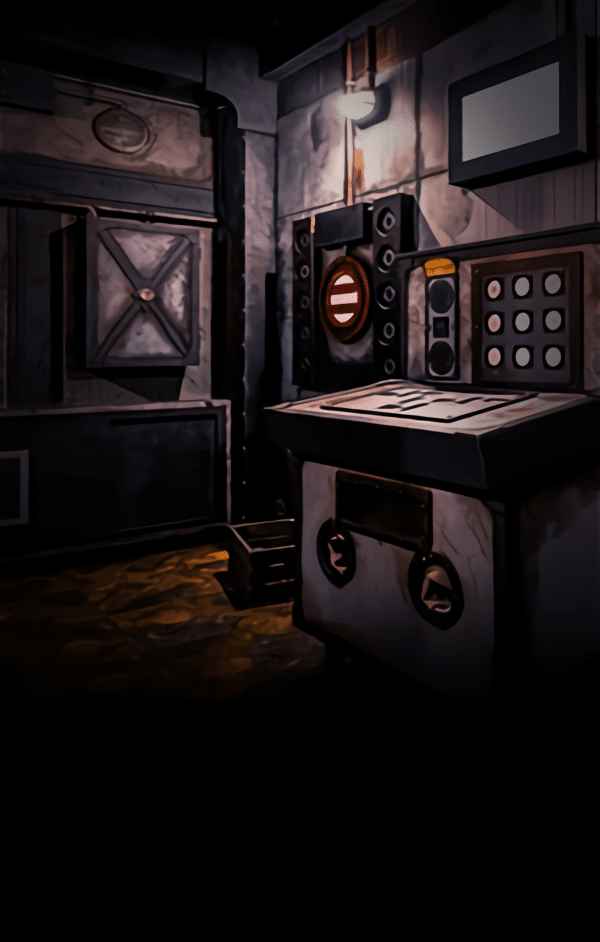Immersive Storytelling as the Foundation
Escape room New York City experiences thrive on storytelling because the narrative framework sets the stage for every challenge. The story isn’t just background decoration—it’s the reason players feel immersed and engaged. From the moment a group enters the lobby, they are introduced to the plot: maybe the world is in danger, a hidden villain lurks, or an ancient mystery must be solved. This storytelling foundation transforms simple puzzles into meaningful actions, allowing participants to feel like characters in their own adventure. Without a cohesive story, the experience would feel like solving random riddles in a decorated room, but with narrative depth, every clue becomes part of a larger mission.
Character Roles and Player Identity
In many escape room New York City adventures, storytelling is strengthened through character roles. Players may be cast as detectives, secret agents, or survivors, depending on the game they choose. Taking on a role allows each participant to feel a sense of personal involvement in the outcome. This role-playing doesn’t have to be rigid—participants are free to solve puzzles however they like—but the context of a defined identity makes actions more purposeful. For example, disarming a bomb feels different if you’re framed as a government agent rather than just a visitor trying to complete a challenge. This character immersion helps storytelling feel active rather than passive.
Puzzle Integration Into Narrative
One of the most impressive ways escape rooms use storytelling is by blending puzzles into the narrative seamlessly. Instead of simply cracking a random code, the story explains why the code matters: perhaps it unlocks a safe containing the cure to a deadly virus, or it reveals a clue about a missing person. Story-driven puzzles transform abstract logic problems into urgent tasks within the plot. Escape room New York City designers ensure that the challenge never feels detached from the narrative, but rather fuels the momentum of the story, keeping participants fully engaged.
Game Design and Set Atmosphere
Storytelling in escape room New York City venues also comes alive through detailed set design and atmosphere. A room styled as a detective’s office, a haunted hideout, or a futuristic laboratory tells a story visually before a single word is spoken. Lighting, sound effects, and even scent are sometimes incorporated to enhance the narrative mood. This environmental storytelling transports players into another world, making it easier for them to suspend disbelief and dive headfirst into the story. For example, flickering lights might suggest an abandoned building, while background music can increase suspense during critical moments.
Branching Narratives and Multiple Outcomes
Some escape room New York City experiences include branching storylines, where the team’s choices impact the outcome. These “choose your path” elements create replay value and make storytelling feel more interactive. For instance, one decision may lead to discovering a hidden character, while another might lock a team into a different narrative twist. Multiple outcomes not only make the story feel alive but also empower players with a sense of control. This design technique ensures that no two groups will necessarily experience the story in the same way, making the escape room feel dynamic and personal.
Examples of Story Integration in NYC Games
Mission Escape Games in New York City demonstrates this integration well with its lineup of immersive adventures. Games like End of Days A and End of Days B place players in high-stakes apocalyptic scenarios, where solving puzzles directly ties to saving humanity. Hydeout immerses participants in a mystery where uncovering hidden truths drives every decision. Carbon: 3708 transports teams into a futuristic environment, where science fiction elements blend with technology-driven puzzles. These examples show how storytelling drives the atmosphere, challenges, and urgency of each escape room, creating unforgettable experiences.
Emotional Connection Through Storytelling
The strongest stories are the ones that make players feel something beyond excitement. Escape room New York City designers weave emotional elements into the narrative to build deeper connections. Whether it’s racing against time to stop an imaginary disaster or uncovering the fate of a missing character, players feel personally invested in the outcome. This emotional involvement heightens the thrill of success when the story concludes positively—or makes the failure to escape feel like a meaningful loss. Storytelling allows escape rooms to tap into empathy, fear, determination, and joy, all of which enrich the adventure.
Storytelling as a Team-Building Tool
Another benefit of narrative integration is its role in teamwork. Escape room New York City groups often work more effectively when united by a shared story. Instead of viewing puzzles as isolated tasks, participants rally around a common mission: saving the city, capturing a villain, or recovering stolen treasures. This collective purpose helps groups bond, improves communication, and fosters collaboration. When the story frames the team as heroes working toward the same goal, cooperation comes naturally, making the experience more rewarding for corporate teams, friends, or families.
Evolution of Storytelling in Escape Rooms
Storytelling in escape rooms has evolved over time. Early rooms relied on simple backstories, but modern escape room New York City experiences invest heavily in rich, cinematic narratives. The rise of advanced technology, such as interactive props and voice-activated triggers, has taken storytelling to new heights. Today, stories unfold dynamically as puzzles are solved, making participants feel like they’re inside a live-action movie. This evolution has made New York City’s escape room scene one of the most engaging in the world, attracting both first-time visitors and seasoned enthusiasts who crave immersive storytelling.
Why Storytelling Enhances Replay Value
Finally, storytelling is key to ensuring escape rooms remain memorable. Even if two groups play the same game, their story-driven experiences feel unique because their dynamics, decisions, and pace differ. A strong story means players often leave talking about their adventure as though it were a real event: “Remember when we cracked that code and saved the city?” These shared stories create lasting memories and encourage people to return. Storytelling doesn’t just make the experience more entertaining—it ensures it resonates long after the game is over.
Conclusion
Escape room New York City experiences succeed because they incorporate storytelling at every stage of the adventure. From the moment players step inside, they are drawn into a narrative that transforms puzzles into missions and challenges into meaningful steps within a larger journey. Storytelling fuels immersion, strengthens teamwork, builds emotional connections, and keeps the memory of the game alive. It is the secret ingredient that elevates escape rooms from simple puzzle-solving sessions to unforgettable adventures.
Frequently Asked Questions
Q1: How do escape room New York City experiences incorporate storytelling?
A: They integrate narrative into every part of the game, from puzzle design to set atmosphere, making players feel like they are part of a larger story rather than simply solving random challenges.
Q2: Do all escape room New York City games use storytelling?
A: Most do, as storytelling enhances immersion. While some may focus more on puzzles, leading venues rely on narratives to create a deeper connection between participants and the game.
Q3: Can players influence the story during an escape room New York City experience?
A: Yes, some rooms feature branching narratives or multiple outcomes, meaning team decisions can alter the story and make the adventure more interactive.
Q4: Why is storytelling important in escape room New York City challenges?
A: Storytelling provides context, builds suspense, and creates emotional investment, making the puzzles feel purposeful and the overall experience more memorable.
Q5: What types of themes use storytelling in escape room New York City venues?
A: Themes range from apocalyptic survival in End of Days A/B, to mystery-driven narratives in Hydeout, to futuristic adventures like Carbon: 3708, each with stories that shape the player journey.







